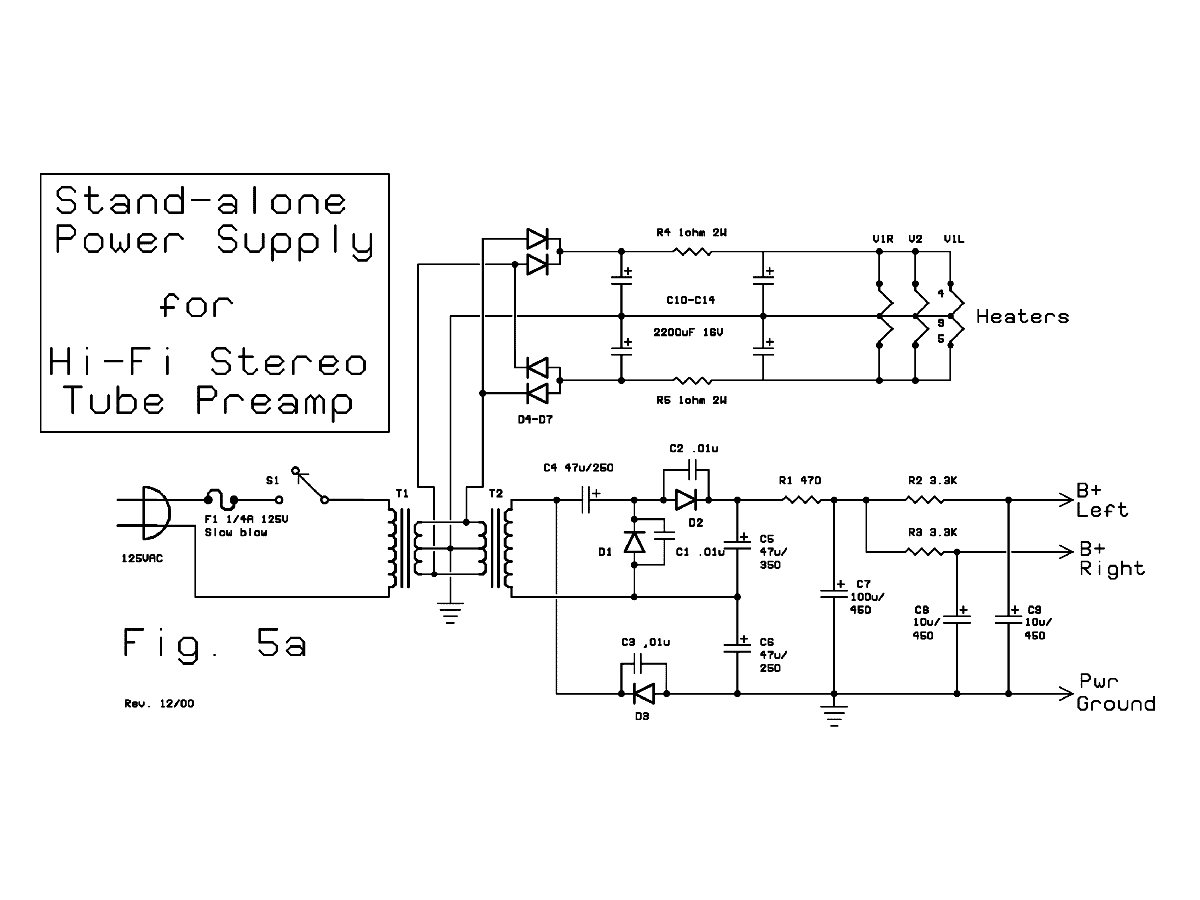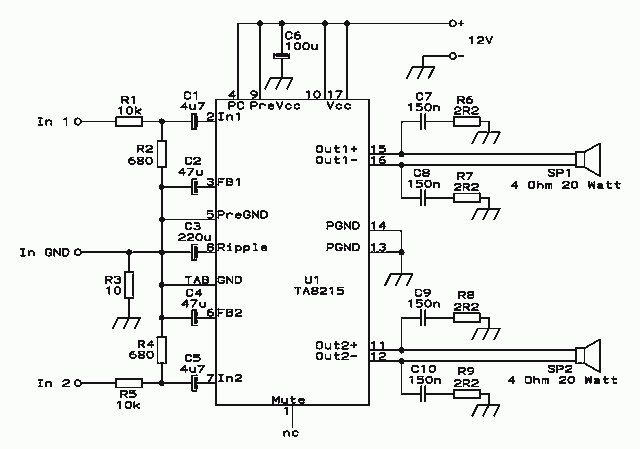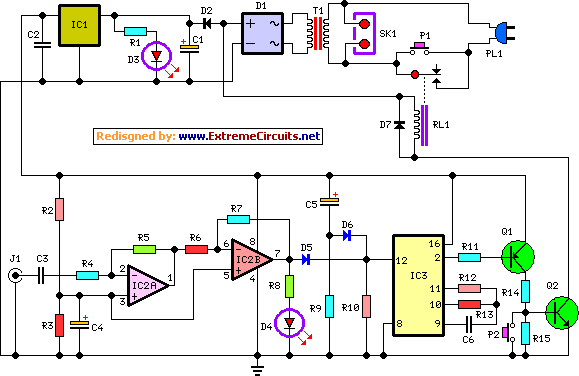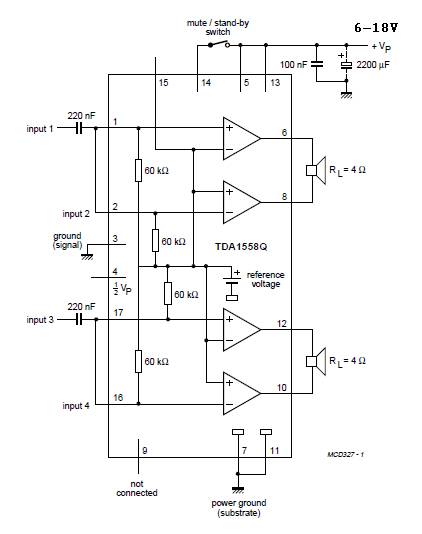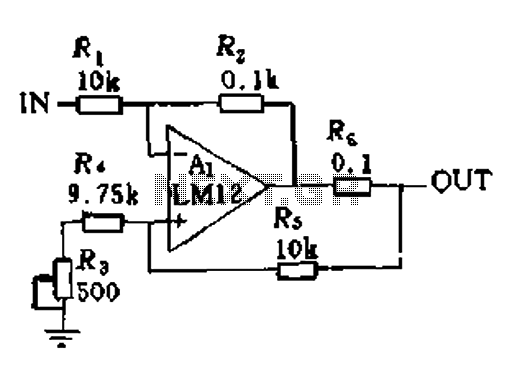
211 SET amp built
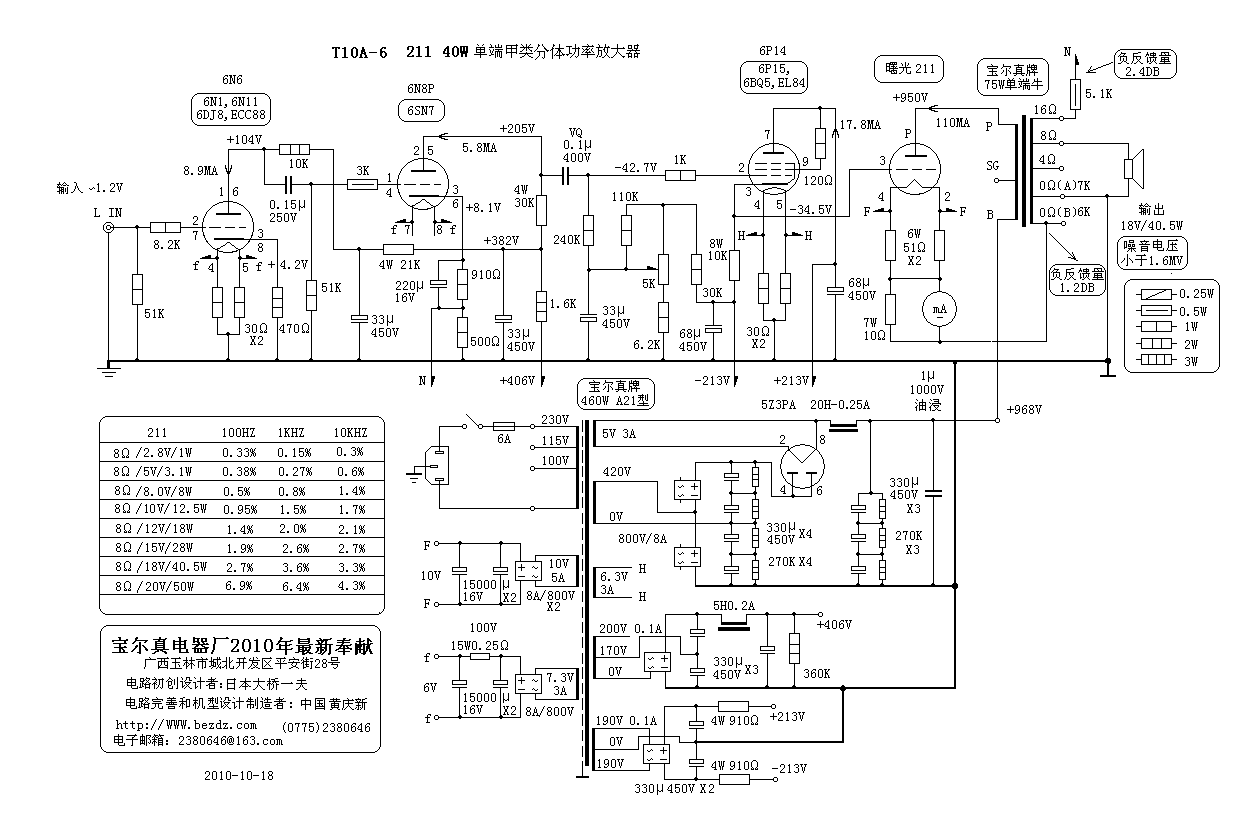
The amplifier appears to be unused and still has the protective plastic film attached. One of the 211 tubes has a loose component rattling inside, necessitating the acquisition of a replacement. The positioning of the six smaller valves is unclear, as well as the appropriate speaker impedance to use.
The amplifier in question is a high-fidelity audio device, characterized by its use of 211 vacuum tubes, which are known for their ability to deliver high-quality sound. The unit's unused condition, indicated by the presence of the protective plastic film, suggests that it has not been subjected to operational wear, making it a potentially valuable component for audio enthusiasts or professionals.
However, the presence of a loose component within one of the 211 tubes raises concerns regarding the integrity and functionality of the circuit. This issue necessitates the replacement of the affected tube to ensure optimal performance. The 211 tube typically operates in a high-voltage environment and is critical for amplification stages within the circuit.
The inquiry regarding the positioning of the six smaller valves indicates a need for clarity on the circuit layout. Proper placement of these valves is essential for maintaining signal integrity and achieving the desired tonal characteristics of the amplifier. The schematic should provide detailed information on the pin configuration and layout to facilitate accurate installation.
Additionally, the question about speaker impedance is crucial, as the amplifier's performance can be significantly affected by mismatched impedance. The selection of appropriate speakers, typically rated in ohms, must align with the amplifier's output specifications to prevent damage and ensure efficient power transfer. Common impedance values for speakers range from 4 to 16 ohms, and the amplifier's manual or specifications should provide guidance on the optimal impedance for use.
In summary, the amplifier requires attention to both the replacement of the defective 211 tube and clarification on the valve positioning and speaker impedance to ensure proper functionality and performance. A detailed schematic would be beneficial in addressing these concerns, providing a comprehensive overview of the circuit design and component specifications.The amp appears to be unused, still has the plastic film stuck to it. One of the 211`s has a loose component rattling around inside so we will need to get one of those. As I said in my earlier post, it is the possitioning of the 6 smaller valves that we are stuck for and what ohms speakers to use. Anyone know Thanks The amp appears to be unused, still has the plastic film stuck to it. One of the 211`s has a loose component rattling around inside so we will need to get one of those. As I said in my earlier post, it is the possitioning of the 6 smaller valves that we are stuck for and what ohms speakers to use. Anyone know Thanks 🔗 External reference
The amplifier in question is a high-fidelity audio device, characterized by its use of 211 vacuum tubes, which are known for their ability to deliver high-quality sound. The unit's unused condition, indicated by the presence of the protective plastic film, suggests that it has not been subjected to operational wear, making it a potentially valuable component for audio enthusiasts or professionals.
However, the presence of a loose component within one of the 211 tubes raises concerns regarding the integrity and functionality of the circuit. This issue necessitates the replacement of the affected tube to ensure optimal performance. The 211 tube typically operates in a high-voltage environment and is critical for amplification stages within the circuit.
The inquiry regarding the positioning of the six smaller valves indicates a need for clarity on the circuit layout. Proper placement of these valves is essential for maintaining signal integrity and achieving the desired tonal characteristics of the amplifier. The schematic should provide detailed information on the pin configuration and layout to facilitate accurate installation.
Additionally, the question about speaker impedance is crucial, as the amplifier's performance can be significantly affected by mismatched impedance. The selection of appropriate speakers, typically rated in ohms, must align with the amplifier's output specifications to prevent damage and ensure efficient power transfer. Common impedance values for speakers range from 4 to 16 ohms, and the amplifier's manual or specifications should provide guidance on the optimal impedance for use.
In summary, the amplifier requires attention to both the replacement of the defective 211 tube and clarification on the valve positioning and speaker impedance to ensure proper functionality and performance. A detailed schematic would be beneficial in addressing these concerns, providing a comprehensive overview of the circuit design and component specifications.The amp appears to be unused, still has the plastic film stuck to it. One of the 211`s has a loose component rattling around inside so we will need to get one of those. As I said in my earlier post, it is the possitioning of the 6 smaller valves that we are stuck for and what ohms speakers to use. Anyone know Thanks The amp appears to be unused, still has the plastic film stuck to it. One of the 211`s has a loose component rattling around inside so we will need to get one of those. As I said in my earlier post, it is the possitioning of the 6 smaller valves that we are stuck for and what ohms speakers to use. Anyone know Thanks 🔗 External reference

